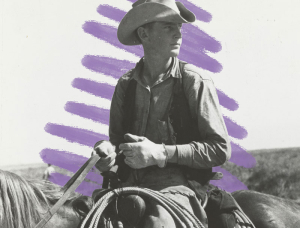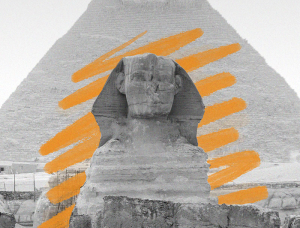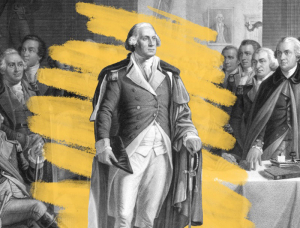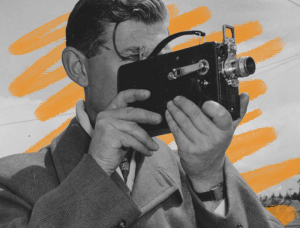Noon used to be around 3 p.m.
“Noon” and “midnight” are tidy designations of time, both marking the point when an analog clock starts another 12-hour cycle. But the word “noon” took a little bit of a journey around the clock before arriving at its current location.
The root of the word “noon” is the Latin nonus, meaning “ninth,” which became nōn in Old English and Middle English. The word marked the ninth hour after sunrise. This made “noon” a bit of a moving target, but a 6 a.m. sunrise, for instance, would put noon around 3 p.m.
It may have been fasting monks that caused noon to shift earlier in the day. The ninth hour is significant in Christian liturgy as time set aside for prayer, known as nones, and it was particularly important in early monastic traditions. Because monks were often required to fast until then, one prevailing theory as to why the ninth-hour prayer started drifting earlier is that people were getting hungry. The Roman Catholic canonical hour of nones remained at 3 p.m., but by the 14th century, “noon” referred to a new time of day, when the sun was highest in the sky.







